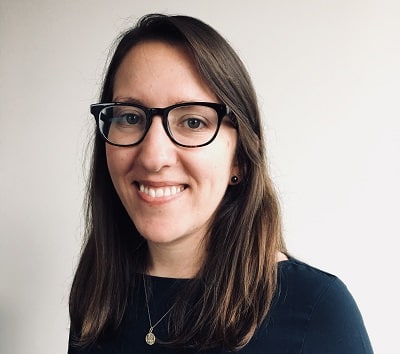All across the country, schools are innovating to better serve students—but from outside of schools’ four walls, it can be hard to gain visibility into where and how new approaches to student-centered teaching and learning are evolving. Philanthropists, researchers, and organizations eager to spur and scale new models are constantly on the hunt for innovation in schools, but confront a perennial and paradoxical challenge of how to discover the school models and designs that are yet-to-be-discovered. How do these people and organizations discover and, in turn, support more schools at the cutting edge?
The simple answer is by word of mouth. In a set of interviews we conducted with funders, researchers, and intermediary organization leaders, the two strategies most often cited in discovering innovative schools were to ask other people for recommendations and to find recommendations through conferences, school networks, and grantee networks. Interviewees also cited secondary strategies: looking at research and reports; reading media articles and blogs; searching databases or lists of schools published by various sources; and straight-up Googling.
Needless to say, these strategies are workarounds to a troubling gap: the field lacks a coherent or unified resource to discover fresh examples and accurate information about innovative schools. Since word-of-mouth is such a common practice, it’s worth exploring what this strategy is accomplishing—and what it’s not.
First, there are two good reasons why the word-of-mouth and network “life hacks” often work well for finding schools: trust and shared mental models. Colleagues who share a common mental model for what constitutes an innovative or “personalized” school can provide trusted recommendations that are more likely to reflect similar priorities. There’s also value in finding school recommendations from individual people who tend to be well-informed, well-connected and well-traveled.
But the popularity of this word-of-mouth strategy belies the shortcomings inherent in it. Here are a few important areas where it falls short:
It’s challenging to get beyond the “usual suspects.” Even though people agree about the need to surface and highlight innovation in under-the-radar schools, the echo chamber effect created by existing networks and repeatedly turning to the same colleagues can be difficult to overcome. A narrow set of well-studied, well-known bright spots of school innovation are most often highlighted and recommended. In turn, the field tends to point to the same exemplars, in limited geographies, time and again.
Mental models about innovation can get stuck. Some interviewees expressed frustration at how the same kinds of innovative ideas continually surface. There are two sides of this coin. One perspective is that while there’s a lot of hype about innovation, the truly impactful models are few and far between, and we should focus on understanding and scaling those approaches. On the other hand, one interviewee observed, “There are assumptions embedded in word of mouth—that everyone defines innovation in the same way.” By pointing to the same examples of innovation over and over, we risk calcifying our perception of what is innovative, leading us to dismiss promising ideas rising from the grassroots.
Trusted recommendations are reliable…unless they’re not. A tip from a colleague might seem reliable, but sometimes a well-intentioned recommendation falls short. Maybe the school in question keeps getting a lot of attention, but the model has shifted since it first gained recognition. Or sometimes an exciting recommendation for a “competency-based” or “project-based” school model is disappointing once it becomes clear that the school (or the person who recommended the school) uses those terms in a different way from what you expected.
There’s no question that word-of-mouth and network strategies for school discovery can be effective sometimes, but they’re clearly not working in every case. (They also require having a network to make recommendations—a social capital barrier to entry that should not be brushed off.)
Over the last year, the Christensen Institute has been working with a number of partners and advisors to test a school discovery method that checks some of the boxes where the word-of-mouth method fails. As we developed this project, we imagined a few ways that an alternate discovery strategy could improve on (or complement) the word-of-mouth method. First, it could surface more diversity in school innovation, especially from under-represented geographies or with particular student populations. It could also make use of common definitions, rather than relying only on terms that we know can be interpreted differently. Finally, it would catalog or highlight more concrete practices within schools, creating a clearer idea of what to expect from a model that is described under more general terms like “competency-based” or “personalized.”
It’s time to take the word-of-mouth strategy to task. In September, the Institute will release a report describing our work to test a method of bridging knowledge silos that could make it easier to discover and track innovative practice in schools. Follow us on Twitter to learn when the report is released.



